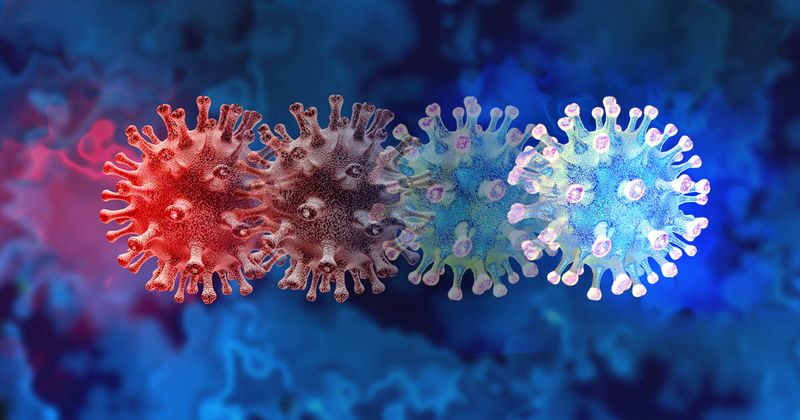No sign variant causes more severe disease in children, UK researchers say
Researchers at a U.K. hospital said they found no evidence that children hospitalized recently with COVID-19 were sicker than children hospitalized with the disease last year, suggesting the B.1.1.7 variant does not make kids more ill.
“Media reports of increases in admissions to hospital and more serious illness in children and young people have resulted in public confusion and implicated the B.1.1.7 variant as a more pathogenic infection within this group,” Atul Gupta, MD, and colleagues at King’s College Hospital in London wrote in The Lancet Child & Adolescent Health.

They said it was “important to rapidly clarify the true impact of the second wave [of COVID-19] on children and young people within the context of a high prevalence of the B.1.1.7 variant,” which they reported was implicated in 70% of SARS-CoV-2 infections in London last month.
CDC researchers have said the variant could become the dominant SARS-CoV-2 virus in the United States by March.
Gupta and colleagues compared the hospitalizations of 20 children admitted with SARS-CoV-2 between March 1 and May 31 and 60 children admitted for the illness between Nov. 1 and Jan. 19.
Children in each wave infrequently needed oxygen therapy or ventilatory support, and the need for either was lower in the second wave than in the first — 8% vs. 35% for oxygen therapy, and 5% vs. 35% for any use of ventilation, according to the study.
The study also reported the proportion of patients with critical (20% in first wave, 3% in second) and severe disease (5% in each wave).
“These findings are in keeping with early national data,” the authors wrote. “Severe acute respiratory COVID-19 remains an uncommon occurrence in children and young people.”


